Changing Paradigms of Digital Advertising in 2019
Authored by Rick Tsing, Founder and CEO, OneOneDay.
“If you don’t like what’s being said, change the conversation.” – Donald Draper, Mad Men
If Don Draper was teleported into 2019 and asked to pitch an ad, he’d no doubt light a cigarette, take a long slug of whiskey and settle in for a very late night. Because in digital advertising, the conversation hasn’t just changed – it’s exploded into life.
Advertising has entered a new era. With the golden age of newspapers ads and primetime commercial slots behind us, digital advertising is fast filling in the gaps. In India, digital ad spend is already pegged at over $2 billion and by 2021, is expected to accelerate by 32%.
So what does digital advertising look like in this new media age? Now that’s a tough one to answer, and there’s a reason for that.
As our digital lives get more cluttered and chaotic, advertisers have to make their ads meaningful, varied and deeply personal to be in with a chance of catching our attention. Whereas adverts used to break up a conversation, they’re now becoming a part of them. In short, the seams between advertising and entertainment are becoming harder to spot.
Personalized ads aren’t just making advertising more effective, they’re also creating profound opportunities for change. As ads come to play a bigger role in our lives, we’re beginning to wake up to the idea that we deserve a stake in their success – a reward for giving our attention to watching ads.
This form of personalized advertising is laying the path for socially-guided marketing campaigns that give back to the end customer, and even a charity of their choice. By choosing not only which ads they watch, but also where their slice of their pie goes, consumers get to take back control of the conversation.
Shifts in the digital advertising process
As digital advertising enters a new era, a whole host of new challenges and opportunities lie in wait. From ad-fraud to ad-block, here are a few of them.
Redesigning strategies and ad-fraud
Trust issues around ad fraud have already led to a steady decline in organic search and traffic. A rough estimate shows that Indian consumers lost $350 million to these frauds in 2017. To overcome this problem, advertisers need to make a massive shift in their thought process and redesign advertising investment plans.
Unintrusive personalised experiences and ad-block phenomenon
According to KMB, 81% of Indians find ads intrusive, resulting in the rise of the ad block phenomenon (11% of the global viewership now use an ad blocker in some shape or form). The solution is not just to make better ads, but create a consumer journey that is contextually targeted, purposeful and cost-effective at the same time.
Read More: The emergence of Short-Video Platforms in India: Puneet Sharma
Data, insight and a contextual shift towards a personalised approach
Data drives the best ad campaigns. Sliced and diced analytics with a vast database can bring credibility to a campaign, while AI and machine learning can create highly personalised campaigns that consumers actively want to engage with.
The shift from a one-size-fits-all approach to individualised customer preferences enhances decision making and promotes real-time action, making the advertising campaign effective. The ROI is measurable, and the advertiser gets a sense of the value of each paisa spent. The focus remains on using technology to ensure real-time analytics, individualized communication, call to action measurable and experimentation too.
New technological advances in advertising
Technology, data analytics, communication and customisation have transformed the way companies create campaigns and consumers interact with ads. For once, advertising is becoming a true conversation – one where the viewer is treated an active participant rather than a faceless dollar sign. First-hand data and advanced targeting boosts engagement, while careful management tackles the problem of ad fraud.
And to prevent consumers from getting tired of repetitive ads, there’s the “Attention Ledger” – a system that effectively calculates how frequently a viewer sees a certain ad, cutting off exposure once saturation levels are reached. Finally, to pay them back for their attention. The end result is an ad campaign that is beneficial for both the viewer and the marketer.
In digital advertising today, innovation is the name of the game. The idea is to create customer centric campaigns that leverage reach, hold attention and help in conversion. An effective marketing plan needs to be relevant to succeed in this world of cut-throat competition for the viewer’s attention.
The advertising market will transform into a fair trade based marketplace, where viewers should no longer be exploited and bombarded with ads; advertisers should no longer be cheated with redundant views of ads that waste so much of their advertising budget every year




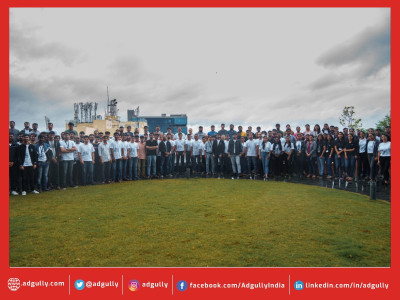
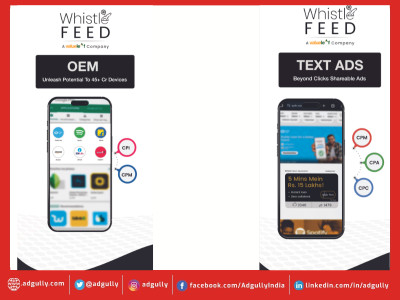
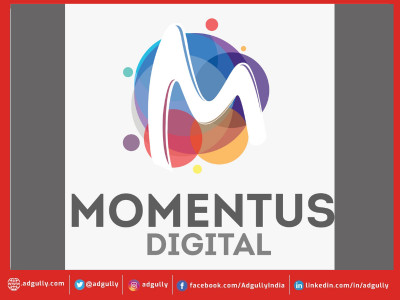

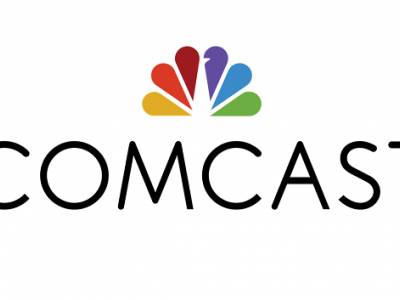
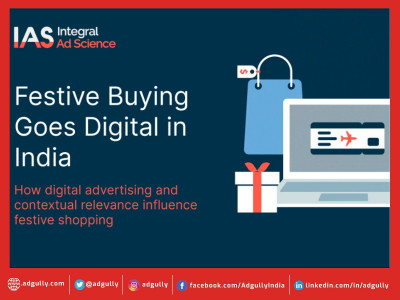

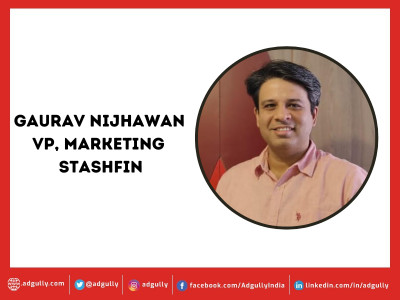
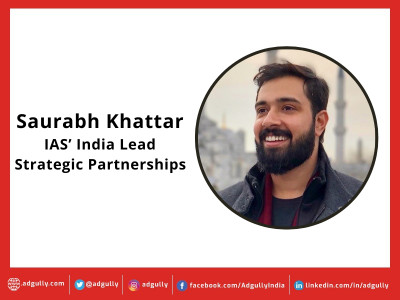

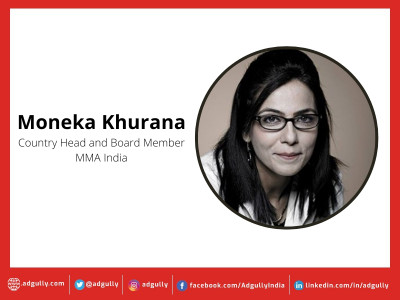
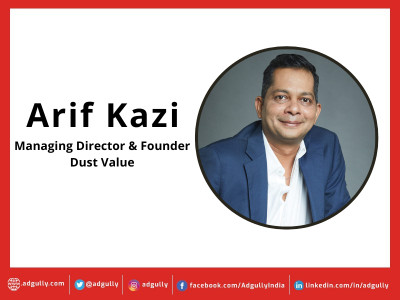

Share
Facebook
YouTube
Tweet
Twitter
LinkedIn